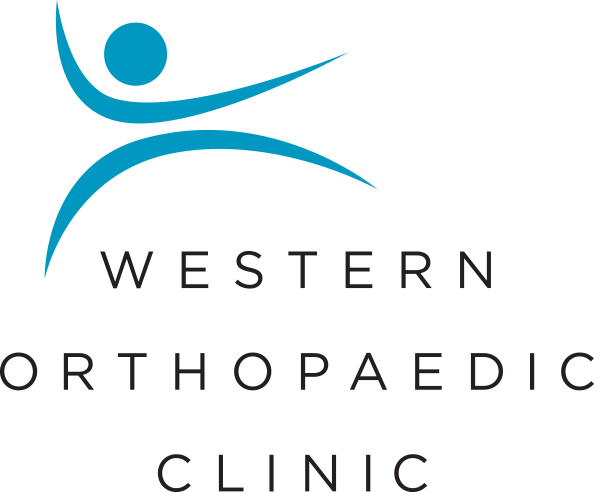The Unstable Shoulder
Shoulder instability is a common clinical problem, especially in the young sporting population. Instability may manifest as frank traumatic dislocations or more subtle "subluxation" with a feeling of impending dislocation and/or pain in the shoulder.
If one looks at the dry bone of the humeral head and bony glenoid it is a wonder that this joint is ever stable. A large circular head articulates with a small flat glenoid. The vital structure which provides stability to this construct is the fibrous labrum which encircles the glenoid and the various ligaments (gleno-humeral ligaments) which attach to it. Lesions of the labrum and attached ligaments result in instability.
All Medicos would have at least a distant recollection of terms such as "Putti-Platt", "Bristow" or "Magnusson-Stack". These are operations to achieve shoulder stability by "extra-articular" means – that is moving muscles around the front of the shoulder to "tighten it up". These procedures often result in a reduction in external rotation which has been implicated in subsequent development of early osteoarthritis in the shoulder.
I perform arthroscopic stabilisation. This technique allows direct repair of the labrum and also ligamentous and capsular plication. There is less scarring and post-operative morbidity. External rotation is not reduced in the long term. With the technique I employ success rates are equal to open procedures.
After a shoulder dislocation prolonged physiotherapy and exercises will not return stability. The problem is labro-capsular – not muscular. I would offer stabilisation to anyone 25 or younger after their first dislocation and to anyone who has had two or more episodes.
A final note of caution is to suspect rotator cuff rupture in individuals 35 years or older who have a traumatic dislocation. The older the patient the greater the incidence. Acute traumatic tears require surgical repair.
